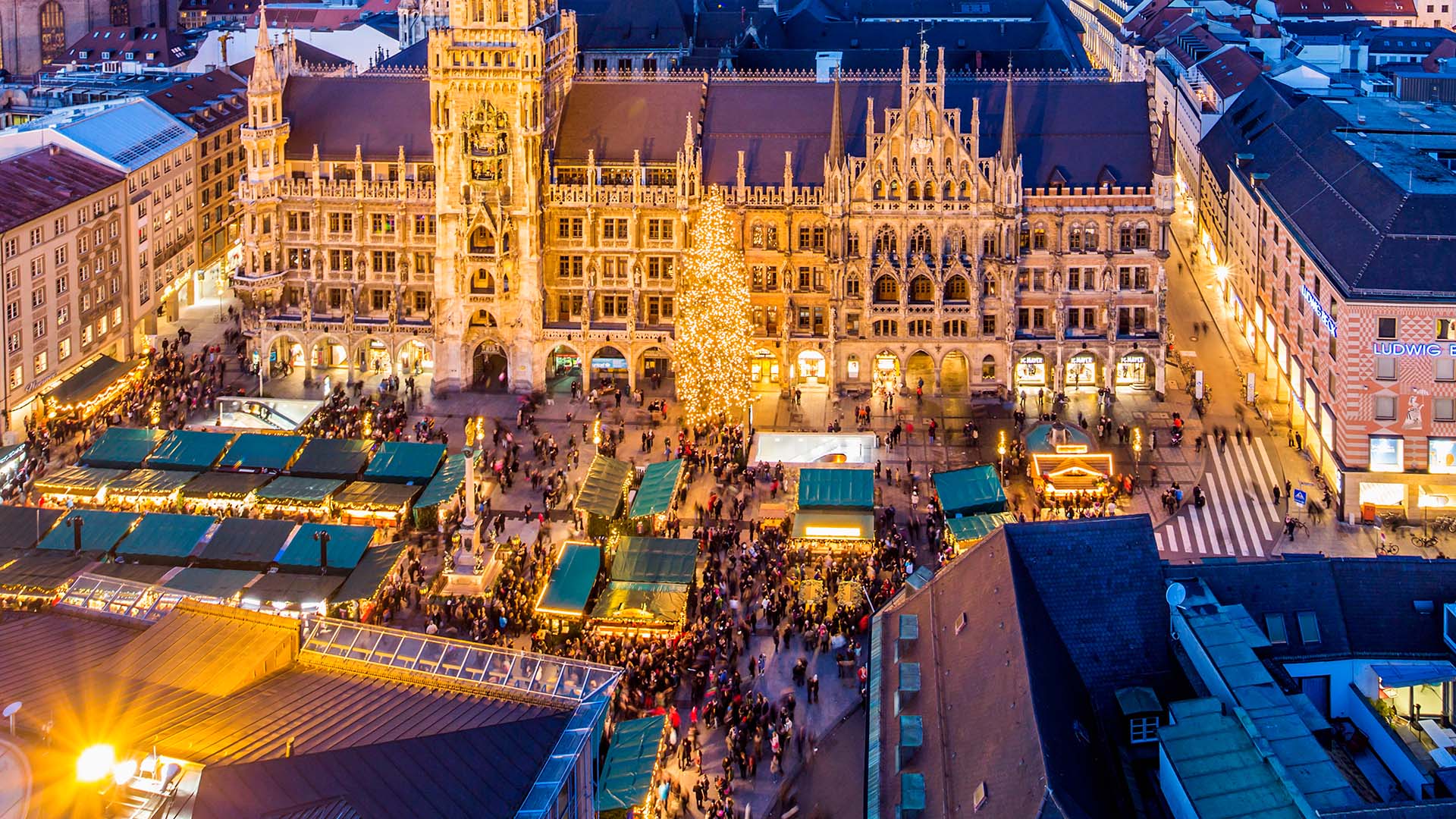Leave it to the country with the tradition of lighting real candles in its Christmas trees to make the holiday season as gemütlich as possible (that’s German for hygge).
Germany’s famous Christmas markets, called Weihnachtsmärkte (or Christkindlmärkte in Bavaria), spread cheer across squares in towns large and small, from Bavaria in the south to the North Sea, with cauldrons of mulled wine and gingerbread treats at the ready in inviting, open-air environments.
This road trip from Munich to Hamburg wends its way through some of the country’s most festive spots for good holiday tidings.
Be sure to check travel restrictions and closures prior to your trip. While most Christmas markets and holiday events are scheduled to go on as usual, that is subject to change.
Start: Munich
Famous for Oktoberfest, Bavaria’s capital never needs a reason to tie one on, with festivals held throughout the year.
Munich really goes all out for the holidays, however, with the halls decadently decked everywhere from the high-end boutiques of Maximilianstrasse to the city’s famous Viktualienmarkt, where more than 140 market stalls (including many run by third-generation families) sell things like cream puffs (hit the famed Leazapf patisserie for those) and locally grown ginger, as well as a holiday treats like marzipan sweets and warm mugs of spiced Glühwein.
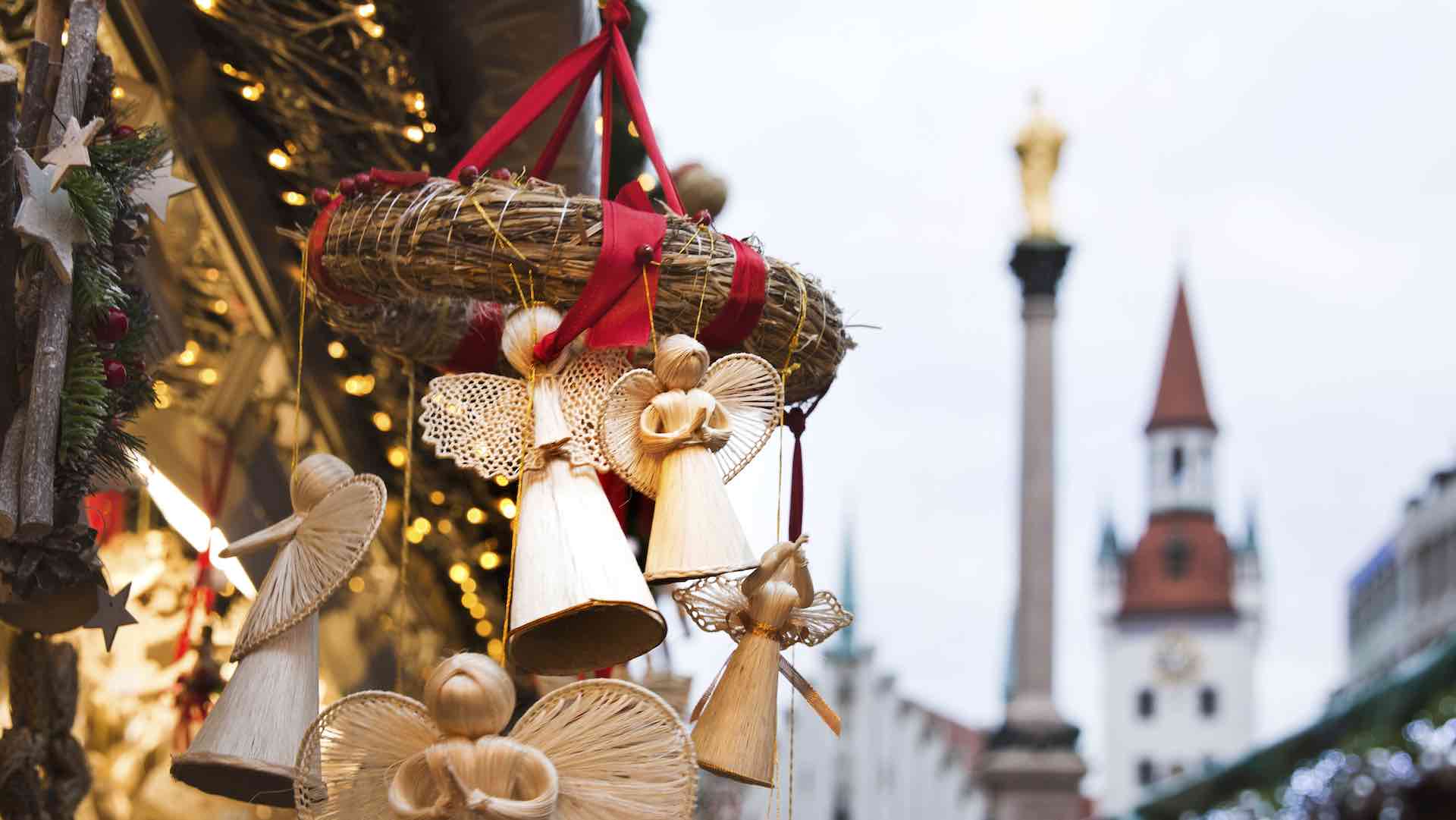
There are several Christmas markets throughout Munich. But the most iconic one dates to the 14th century and sprawls across Marienplatz from late-November through Christmas Eve each year. Treat your senses to a moving feast as you stroll past wooden stalls sparkling with lights and festooned with garlands and browse huge, heart-shaped gingerbread cookies dripping with frosting, handmade toys, scented soaps and more.
Walk off the sweets with a wander through the city’s beloved public park, the Englischer Garten, where you might even spot some brave souls in wetsuits surfing the standing wave in the Eisbach River.
Munich to Nuremberg
It’s an easy two-hour drive north from Munich along the A9 to Nuremberg, another hot spot of German holiday spirit.
Along the way, consider detouring east off the A9 onto the A93 for a stop at the Weltenburg Abbey. Secreted away in a spectacular gorge on a bend of the Danube River, the abbey is home to the world’s oldest monastery brewery, which has been producing its dark beer since A.D. 1050. Warm up inside over schweinshaxe (pork knuckle) and dumplings for lunch before continuing north for the 90-minute drive to Nuremberg.
The second largest Bavarian city after Munich, Nuremberg is famous for its walled old town and medieval Imperial Castle, along with what’s considered the most famous Christmas market in the world, with candy-cane-striped stalls occupying nearly every available space in the town’s main squares. Seek out a stall selling Nuremberg bratwurst, said to have been invented here, and bring the kids to the Children’s Christmas Market, with its mini Ferris wheel.
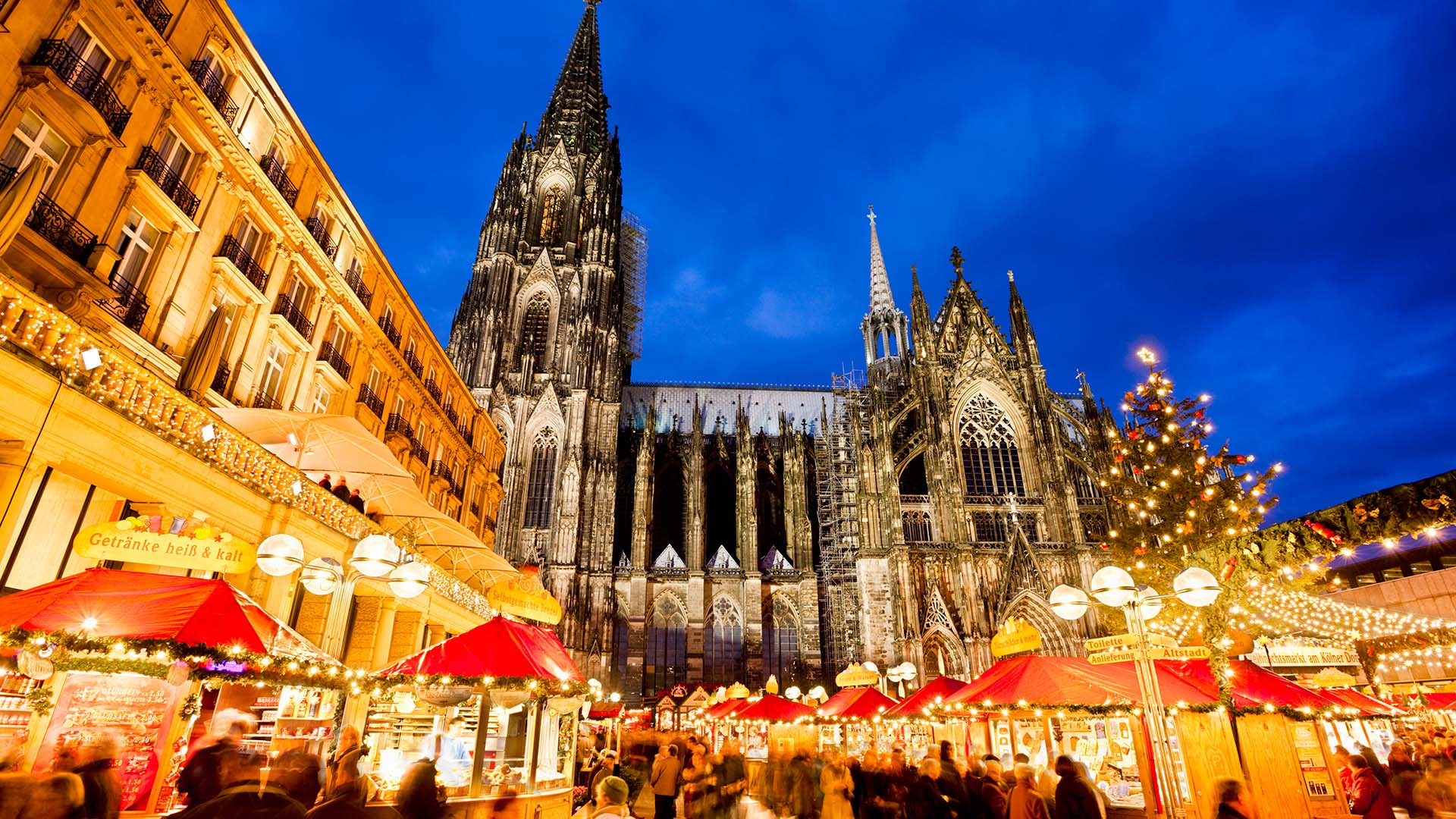
Nuremberg to Cologne
Head 252 miles (406 kilometers) northeast along the A3 from Nuremberg to Cologne with a stop off in the charming town of Wiesbaden just over halfway, where yet another Christmas market plays out on the central Schlossplatz.
To experience German sauna and communal bathing culture (and if you don’t mind going sans clothing among the sexes, as is the norm here), warm up from the inside while taking the water at the luxurious Irish-Roman baths at Kaiser-Friedrich-Therme in the heart of town.
Back on the A3, it’s less than two hours north to Cologne, a city on the Rhine River where you’ll arrive in time to walk through the enchanting Christmas Garden of Cologne at the Cologne Zoo. Follow a roughly mile-long walkway through sparkling holiday installations and look for the Field of Lights, where pinpoints of colored light dance to a holiday melody across a meadow.
The city is also famous for the UNESCO-listed Cologne Cathedral, with its striking twin spires that preside over one of the main Christmas markets. Families love the market at Heinzels Winter Fairytale, where you can ice-skate in storybook surrounds or ride a 19th-century carousel.
Cologne to Hamburg
Less than halfway along the route northeast from Cologne to Hamburg along the A1 (264 miles/425 kilometers and 4.5 hours), you’ll pass right through Münster.
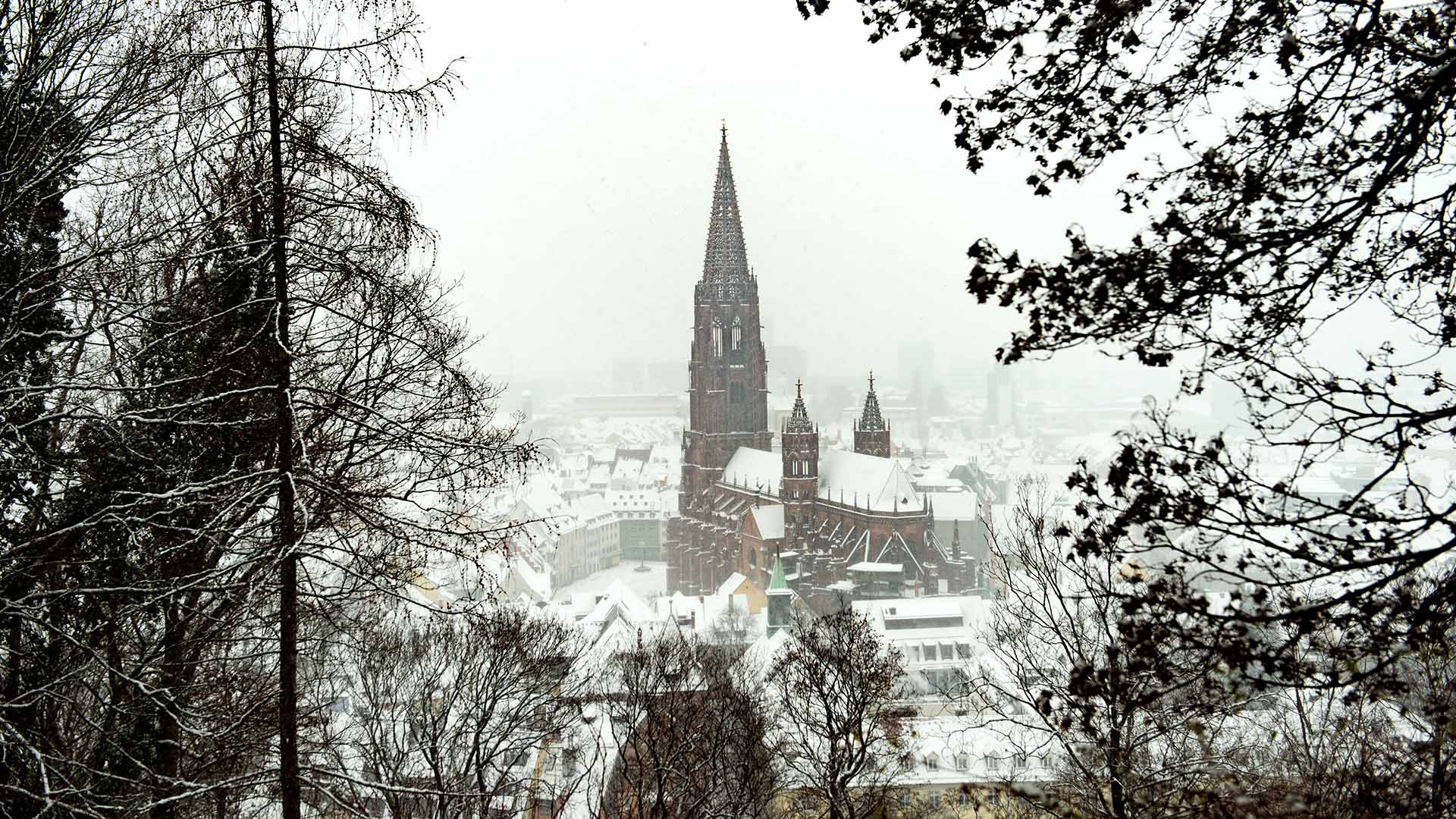
Fans of German beer might want to stop here for a brewery tour at Pinkus Müller, which dates to the early 1800s and claims to be the world’s first organic brewery. If you’re hungry, it’s an easy (15-minute) stroll through town to Alten Gasthaus Leve, a restaurant that dates to the 17th century and serves typical (and very hearty) German specialties like schnitzel, sauerbraten and apple strudel in typically gemütlich surrounds.
Drive three more hours north along the A1 to get to Hamburg, which is like a smaller and wealthier version of Berlin.
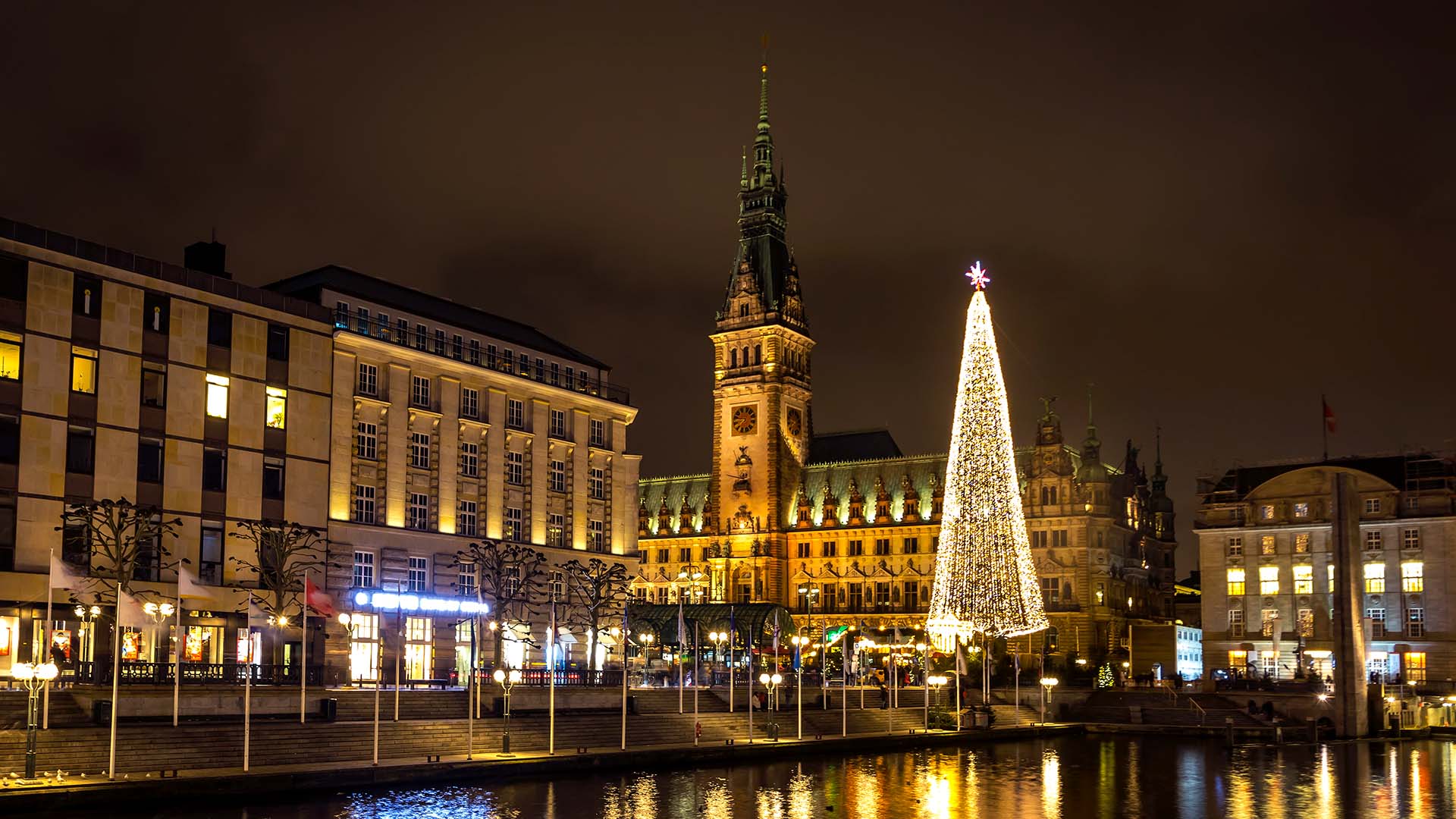
Hamburg’s newest cultural pearl, open since 2017, is the stunning Elbphilharmonie concert hall in the contemporary HafenCity district. The impressive glass building that looks like a ship (or perhaps a collection of billowing sails?) and towers above the busy Elbe River hosts performances ranging from solo shows to grand symphonies and holiday concerts.
Hamburg’s traditional Christmas market takes place around a huge illuminated tree in front of the Town Hall (the Rathaus). Look for vendors selling Feuerzangenbowle, a warming toddy wherein a rum-soaked sugar cube is set aflame and plunged into mulled wine.
And if you’re craving a different spin on all these lovely Christmas markets by now, head to the St. Pauli quarter, Hamburg’s main party (and red-light) district along the Reeperbahn, to experience an adults-only Christmas market complete with an open-air art gallery, nightly entertainment and unexpected stocking stuffers for sale.
